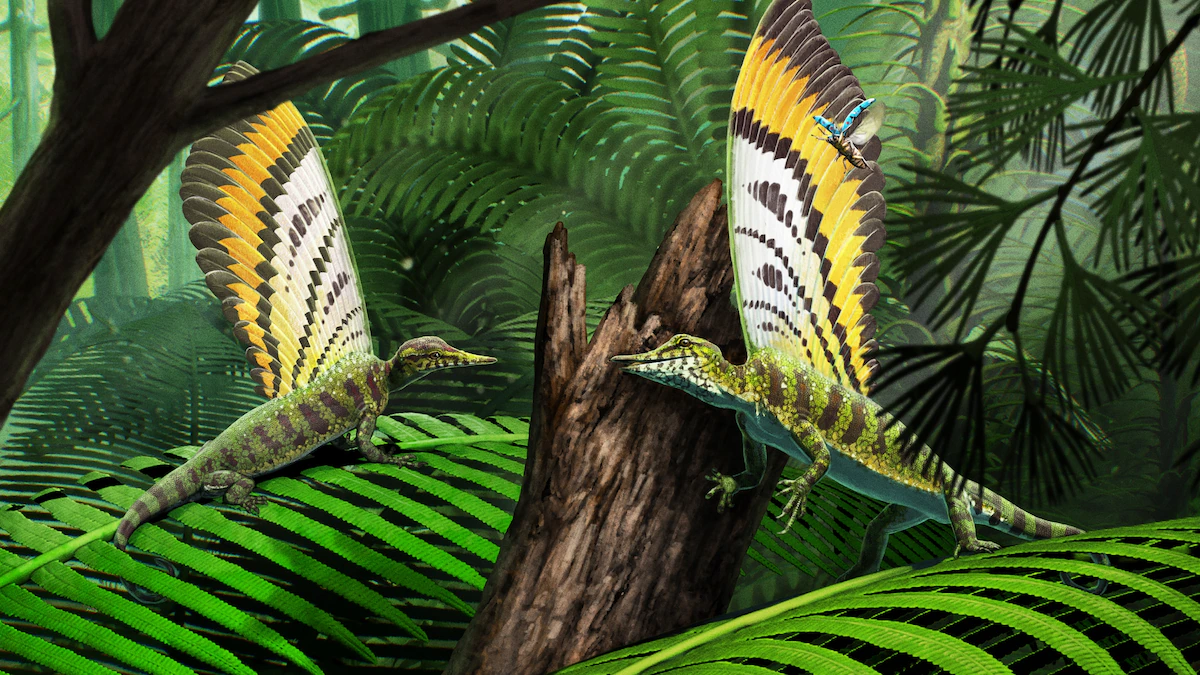
Is it a bird? A monkey? No, it’s a ‘miraculous’ new prehistoric reptile
How did your country report this? Share your view in the comments.
Diverging Reports Breakdown
Is it a bird? A monkey? No, it’s a ‘miraculous’ new prehistoric reptile
Fossilized structures and a partial skeleton belong to the same animal. The discovery helps solve a decades-old paleontological mystery. While the skeletons represent young animals, the size of some of the isolated crests in the collection suggest adults could be well over a foot long. The specimens first came to light in May 1939, when private fossil collector Louis Grauvogel was prospecting quarries in northeastern France.
The finding, which was published Wednesday in Nature, also helps solve a decades-old paleontological mystery.
“There was always a distinction made between feathered dinosaurs and scaly reptiles,” says Stephan Spiekman, a paleontologist at the State Museum of Natural History in Stuttgart, Germany and an author on the paper. “And that’s too black and white of a story.”
A ‘miraculous reptile’
The specimens first came to light in May 1939, when private fossil collector Louis Grauvogel was prospecting quarries in the Triassic rocks of northeastern France. He found dozens of isolated structures he assumed to be fossilized fish fins, or insect wings, as well as the partial skeleton of a reptile. But when the Stuttgart State Museum of Natural History acquired his collection in 2019, Spiekman says, a museum researcher noticed faint ribs at the base of one of the fossilized structures. Carefully preparing away the rock, they found the preserved torso, neck and skull with the two-inch crest projecting out of the upper back. The structures and skeletons belonged to the same animal.
After studying the skeletal remains and over 80 specimens of isolated crests, the team chose the name Mirasaura grauvogeli, “Grauvogel’s miraculous reptile.” While the skeletons represent young animals, Spiekman says, the size of some of the isolated crests in the collection suggest adults could be well over a foot long.
Source: https://www.nationalgeographic.com/science/article/crested-triassic-reptile
